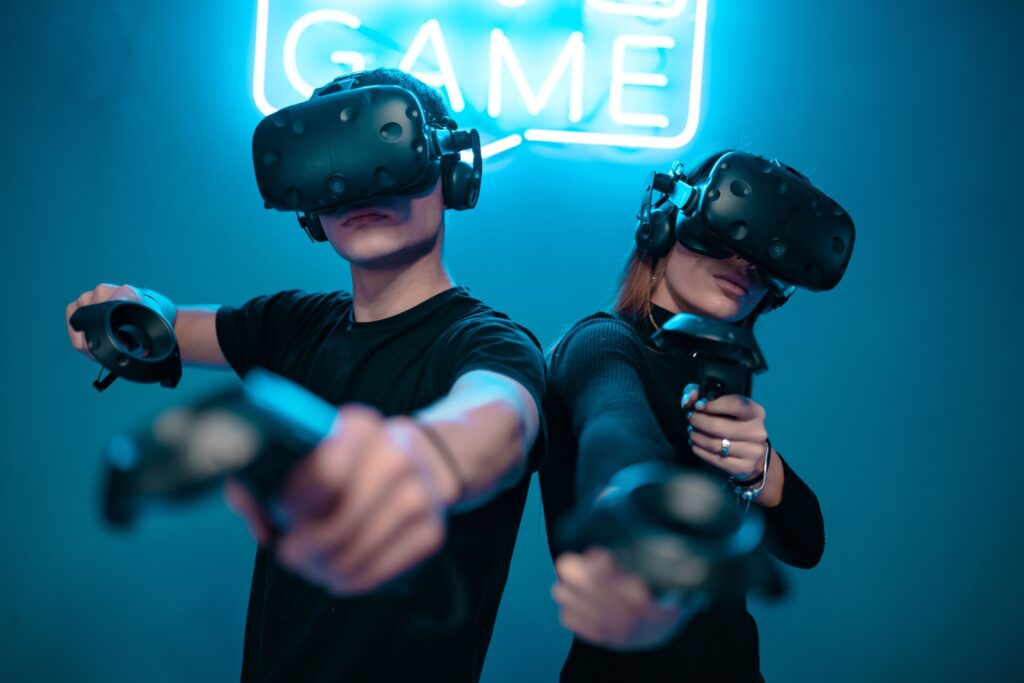Virtual Reality (VR) tools are transforming the gaming industry by immersing gamers into the game world. VR tools work by creating a simulated environment that can be interacted with through a headset worn by the user. The headset creates a 360-degree view of the virtual world and tracks the user’s movements for interaction. Developing VR games is different from traditional video games as game developers must create an immersive experience that looks and feels realistic to the player. The future of VR gaming looks bright with the potential for even more immersive and dynamic games with haptic feedback technology and artificial intelligence integration.
Virtual Reality Tools: Revolutionizing the Gaming Experience
Virtual Reality (VR) has been a buzzword in the gaming industry for years. With the advancement of technology, VR tools have evolved and are now more affordable and accessible to consumers. VR tools are revolutionizing the gaming experience by immersing gamers into the game world like never before. In this article, we will explore how games are made with VR tools and how they are changing the gaming landscape.
How VR tools work
VR tools work by creating a simulated environment that users can interact with. This is usually done through a headset, which is worn over the eyes and connected to a computer or gaming console. The headset creates a 360-degree view of the game world, while also tracking the user’s movements so that they can interact with the game environment.
The impact of VR on the gaming industry
The impact of VR on the gaming industry has been significant. With VR tools, gamers are no longer just playing a game; they are living it. They can explore virtual worlds, interact with characters, and experience the game environment like never before. This level of immersion has made gaming more engaging and exciting, leading to a surge in demand for VR games.
Developing VR games
Developing VR games is different from developing traditional video games. VR games require a different set of skills and tools to create an immersive experience. Game developers must create an environment that not only looks realistic but also feels realistic to the player.
One of the biggest challenges in developing VR games is motion sickness. VR games can cause motion sickness in some players, and game developers must find ways to mitigate this issue. Game developers must also consider how the player will interact with the game in VR. Will the player use hand gestures, voice commands or a combination of both?
The future of VR gaming
The future of VR gaming is bright. As VR technology advances, we can expect to see more and more immersive games. The development of haptic feedback technology, which simulates the sense of touch, will enable gamers to feel like they are truly inside the game world. The integration of artificial intelligence will also make the game world more interactive and dynamic, responding to the player’s actions and decisions.
In conclusion, VR tools have revolutionized the gaming experience, making it more immersive and engaging than ever before. Developing VR games requires a different set of skills and tools, but the potential for creating amazing virtual worlds is endless. As VR technology continues to evolve, we can expect to see even more exciting developments in the world of gaming.
